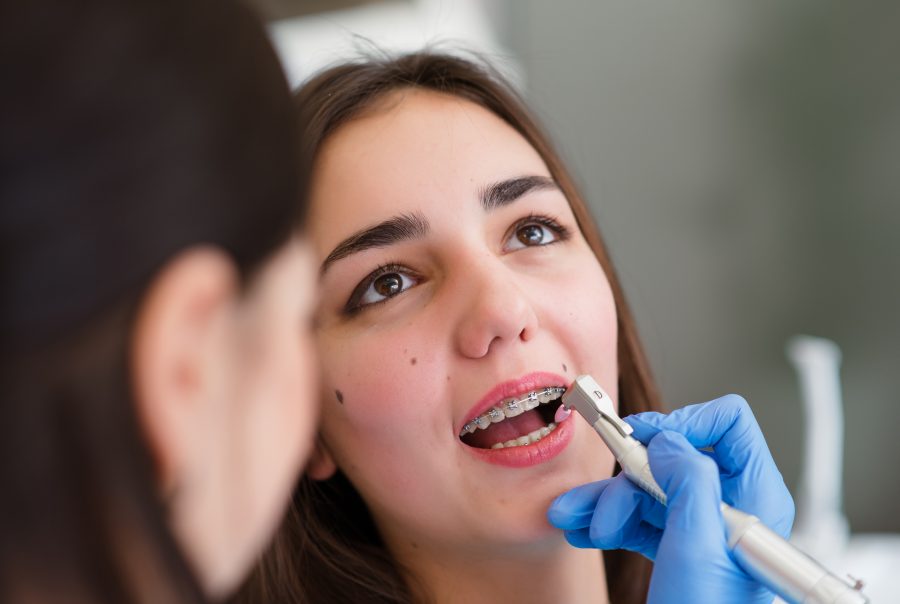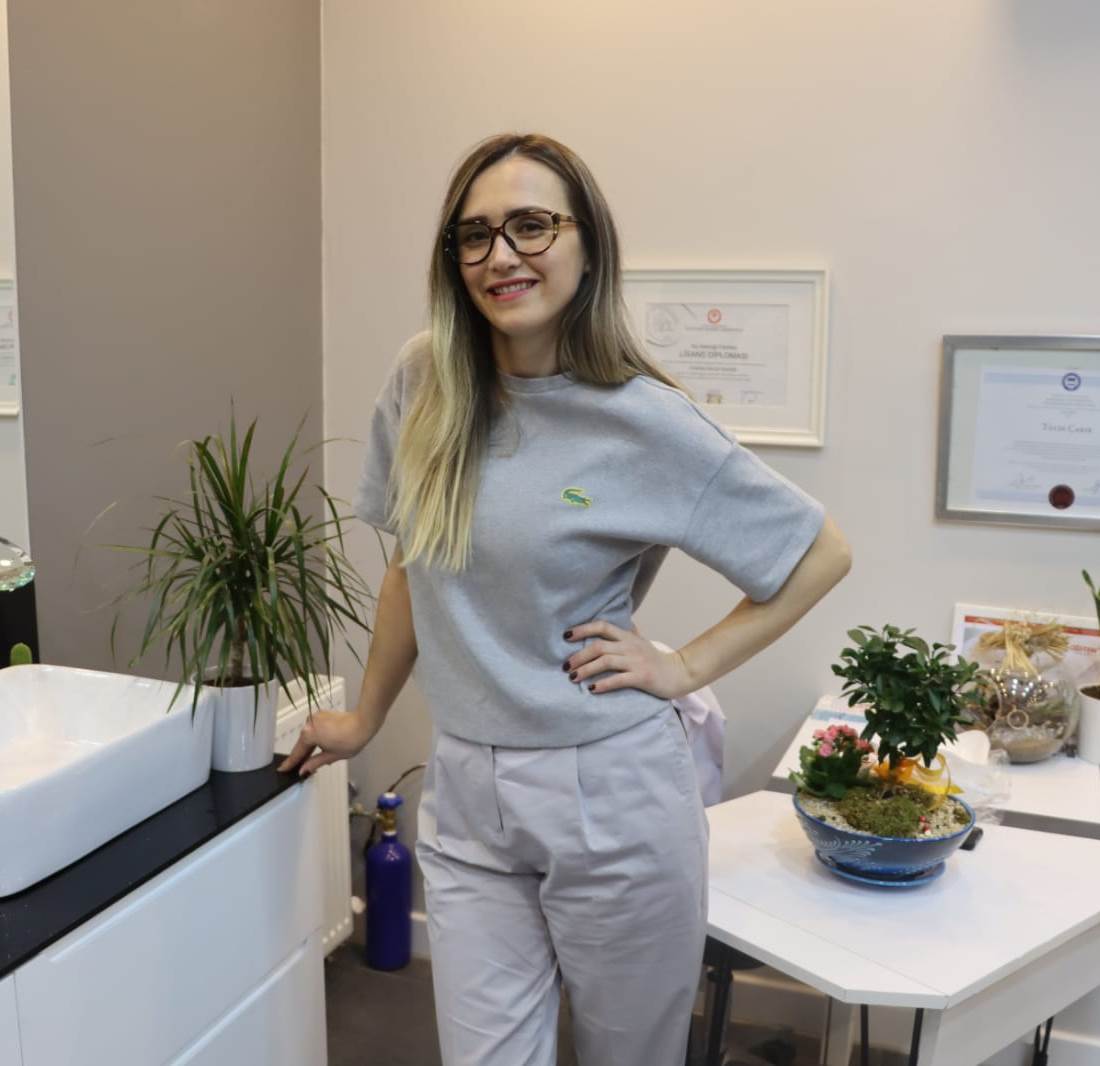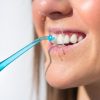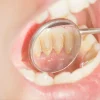Get information about orthodontic treatment with the explanation of specialist dentist Merve Özkan Akagündüz.
Orthodontic Treatment

Orthodontic Treatment, Doredent İstanbul
Orthodontics is a specialized branch of dentistry that focuses on correcting the positions of teeth and jaws. Orthodontic treatments encompass all orthopedic interventions in this field, addressing bite problems and dental misalignments. These treatments are carried out by orthodontic specialists who have completed their dental education and further specialized in orthodontics after graduation.
Orthodontic treatments address a wide range of seemingly diverse problems, such as bad habits like finger and lip sucking, upper and/or lower jaw protrusion or retrusion, guiding an impacted canine tooth to erupt, as well as issues of misalignment and spacing.
Orthodontic issues can arise in individuals of all age groups. Previously, there was a misconception in society that orthodontic treatments could only be applied to young children. However, this misconception has largely been dispelled, and the average age of individuals treated in our clinics is increasing every day. The growing aesthetic expectations of individuals play a role in this trend.
Patients who believe they need orthodontic treatment or who are referred by a dentist are evaluated clinically and radiologically by an orthodontic specialist. The necessary steps to solve the problem are identified, taking into account factors such as the patient’s age, the type and severity of the anomaly, the treatment method, and the patient’s expectations. A personalized treatment plan is prepared in consultation with the patient, and treatment begins once the patient makes their decision.
Contrary to common belief, orthodontic treatments are not always solely related to aesthetic reasons. One of the major complaints in cases where teeth are severely misaligned is the inability to clean teeth adequately due to misalignment, often leading to complaints of tartar formation and gum problems.
Even when the jaws are closed, gaps between the front teeth can lead to chewing being performed only with the rear teeth, causing various problems in the long term due to irregularly distributed chewing forces. Some of these problems include tooth wear and joint issues.
Various tools are used for orthodontic treatment purposes, including removable orthodontic appliances, fixed orthodontic devices with screws, and fixed orthodontic tools like metal or porcelain braces, as well as transparent trays. Removable orthodontic appliances are often used in early age groups as preventive or habit-breaking measures or for correcting jaw anomalies. Fixed orthodontic devices with screws are commonly used in cases of upper jaw narrowness. Fixed orthodontic appliances and transparent trays are used for correcting dental misalignments or spacing issues and resolving bite problems.
Fixed orthodontic devices consist of brackets, which are pieces attached to the teeth throughout the treatment, and archwires. Brackets remain fixed on the surface of the teeth, allowing tooth movement through the archwires. Brackets can be made of metal or ceramic (porcelain) and can be applied to the outer or inner surface of the tooth. While metal brackets were more commonly used in the past, the use of ceramic brackets has increased significantly in recent years due to their less noticeable appearance. They are used to alleviate aesthetic concerns during treatment and provide no superiority in terms of treatment outcomes compared to metal brackets.
Traditional orthodontic treatments refer to applications applied to the outer surface of the teeth. Lingual brackets, which are brackets placed on the inner surface of the tooth instead of the outer surface, and the treatment method using them are referred to as lingual orthodontic treatment. It is considered the most aesthetic among treatment methods because no orthodontic appliance is visible from the outside. Only the positive changes in the appearance of the teeth are noticed.
Transparent tray treatment is one of the most popular treatments in recent years. A series of custom trays are produced for the individual using digital or traditional measurements. Each tray is used for 1-2 weeks, and then the next tray is used to gradually move the teeth in the planned manner. The patient must adhere to daily usage times for the process to progress. Trays should be worn all day except during meals, for approximately 20-22 hours a day. This process continues until the final result is achieved.
Merve Özkan Akagündüz
I was born in Edirne in 1988. In 2007, I began my master’s degree in Dentistry at Istanbul University (Çapa) Faculty of Dentistry and graduated in 2012.
In 2014, I started my specialization in the Department of Orthodontics at Süleyman Demirel University Faculty of Dentistry. In 2019, I earned the title of Orthodontist and was appointed to Çorlu ADSM, where I worked as an Orthodontic Specialist Dentist from 2019 to 2022.
As of 2024, I have been continuing my practice in my own clinic.








